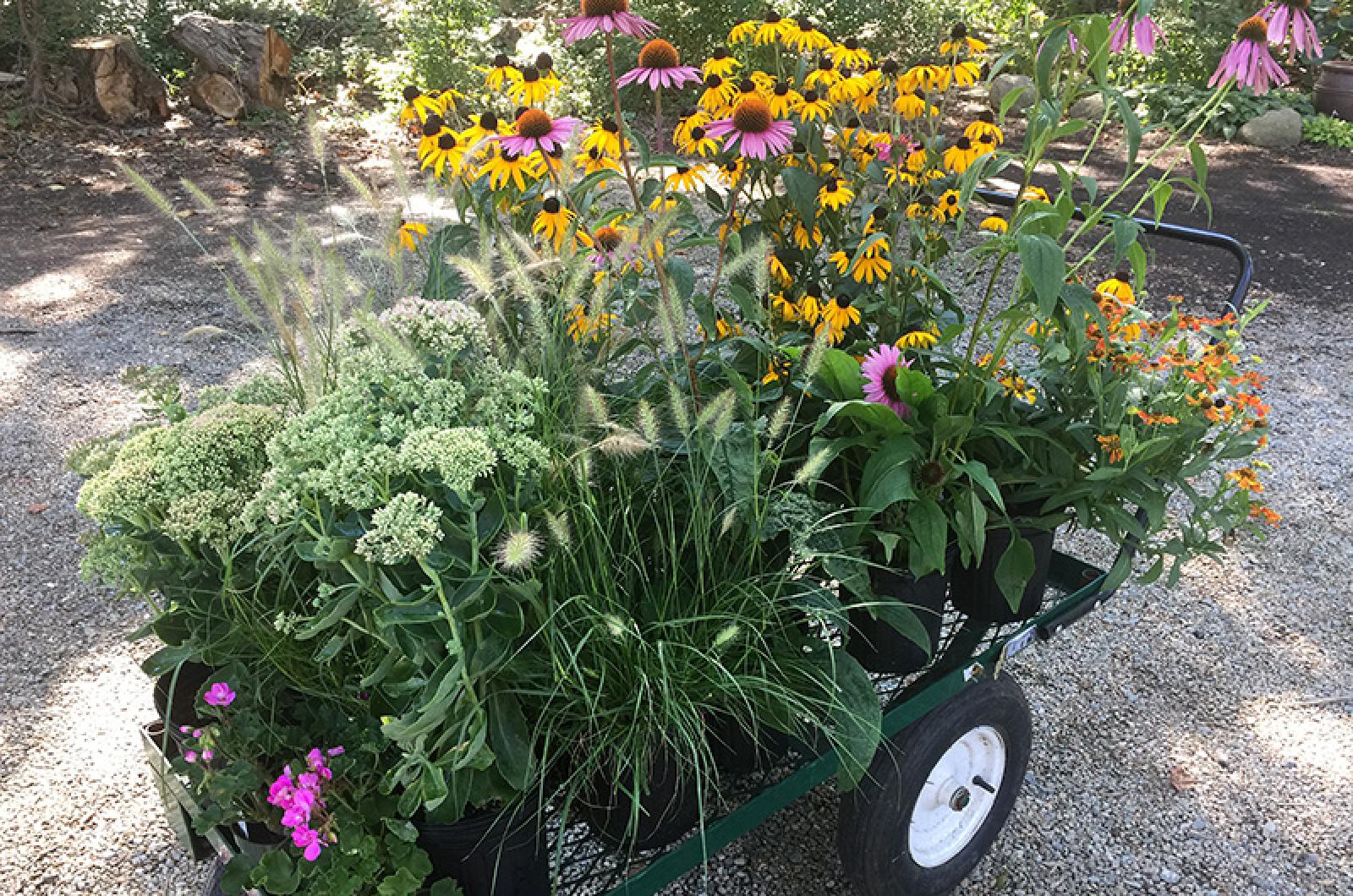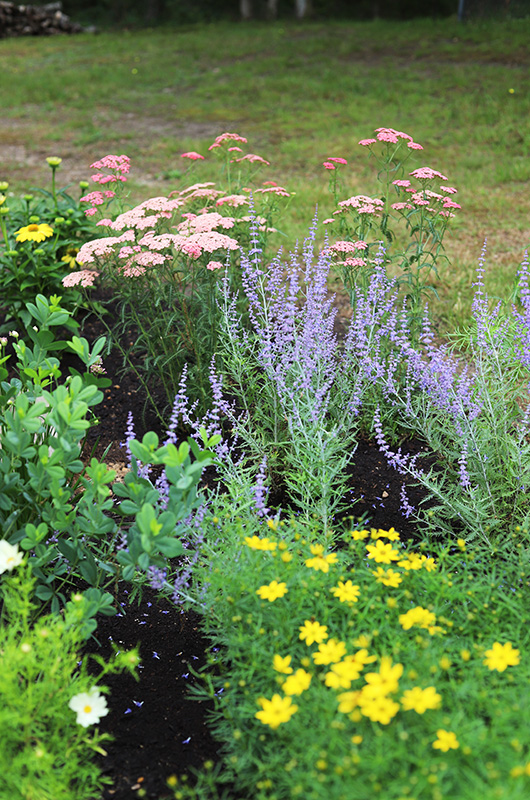Ready for round two? If not, just think of me as your garden cheerleader.
Seriously, just when you were ready to give up on that veggie garden, give in to the pests, leave the desiccated perennial garden to wither in the heat, along came the rain. And the lower humidity. Those blue skies. That soft breeze. A few ripe tomatoes. Some black-eyed Susans to cut and pop in a vase on the kitchen table. The promise of September.
Maybe gardening isn’t such a horrible pastime after all, you think. And slowly you remember how magical late summer and early fall on the Vineyard can be.
And here’s the thing: There’s still time to grow more veggies, plant new perennials, save seeds, and, if all else fails, go on a hunt for seaweed or composted manure to cover your beds for the winter.
Before I give more specific suggestions, allow me to take a short commercial break from my normally cheery discourse to bring up a few unsavory facts. First off, due to the long (long) tail of this pandemic, it is likely that we will continue to see shortages of vegetable and flower seed next year and possibly continued disruption of our food supply chain. (As if you really needed more reason to grow some of your own food.) Also, our summer temperatures and rainfall next year are more likely than not to be similar to this year. Hot and dry. Seems like it might be a good time to look at drought-tolerant plants.
Thinking about all this — and the fact that I must spend time outdoors for my wellbeing — I’ve made a mental priority list for three things I want to do, garden-wise, in the next several weeks.
First, save some vegetable seeds. Now is the time to capture heirloom (not hybrid) tomato seeds from the biggest, best fruits, so I’ve put aside a nice fat German Green. I will cut it in half, poke the seeds out it, and either dry them on a paper plate or go to the minor trouble of fermenting them first in a jar of water. I’ve been doing this with German Green seeds every few years since a friend in North Carolina first sent them to me. A bit of nostalgia mixes with the sweet, fruity flavor of this beefy tomato to make it my favorite variety.
I always save dill and coriander seed, too, since they’re so easy to collect; the seeds dry right on the stems. I let a few heads of lettuce flower and I have seeds before I know it. And since I grow so many beans and sometimes can’t pick them fast enough, I wind up letting the biggest pods (especially my rattlesnake beans) just get bigger and bigger until the beans inside are fully formed. Then I can dry them out and save them for both eating and replanting. I also swap seeds with a gardening friend, and I plan to take advantage of Island Grown Initiative’s seed bank at the West Tisbury library when the time is right.
But I’m not a seed-saving expert, so I thought I’d steer you to my favorite gardening guru. Margaret Roach is the force behind Awaytogarden.com, and she also now writes a column called In the Garden for The New York Times. Her August 5 column is an excellent primer on seed saving.
The second thing I’m going to do — also in the vegetable garden — is plant more lettuce, arugula, and kale for the fall. I’ve already started some in six-packs. I’ve stashed them under a garden bench out of the sun. I’ve also sowed a row directly in the garden in the shade of a tall zinnia patch. In this way, you can tuck greens in shady spots all over your garden.
What about other vegetables? As long as seeds will germinate in warm temperatures (peas and beets both will, radishes won’t) and the plants (and fruits) will mature in 60 days (zucchini yes, butternut squash no), you can start sowing them now. Our first frost does not come until late October. I’m going to plant a fall crop of sugar snap peas for the first time this year.
The last thing I’m planning to do outside is complete the perennial flower garden we started earlier this summer. This is terribly fun for me because I do the creative part (researching and choosing plants, designing the layout) and my partner does the digging. We got one side done before the worst of the hot dry weather came, and I’ve already learned a lot from how those plants handled the heat — and my wacky watering. In one case, I nearly killed a Becky daisy by overwatering it.
By the way, early fall is a great time to plant perennials — just give them six weeks before the frost to settle in.
Mostly I chose drought (and deer) resistant plants that were Vineyard-friendly: yarrow, sedum, allium, nepeta (catmint), Russian sage, lamb’s ears, Baptisia (false indigo), hardy geraniums, coreopsis, grasses and lavender. They were an impressive bunch, settling in and flourishing with barely a nod to the heat. Allium milenium [sic] (think giant chives) with its sturdy stems and long-lasting purple blossoms, has impressed me the most. I’ve also fallen in love with two plants I’d never grown before: Agastache (dwarf hummingbird mint) and a small grass, pennisetum hamlyn.
So I’ve designed the second part of the perennial garden to echo the first. (The gardens flank a walkway.) Of course there will be colorful coneflowers and black-eyed Susans to satisfy my need for flowers, but lots of grasses and sedums and Russian sage for rugged staying power too.
No sooner did I get the design down on paper than I ran off to the nursery and piled my cart full of one-gallon plants. When I returned my partner said, “My back hurts already.”









Comments
Comment policy »